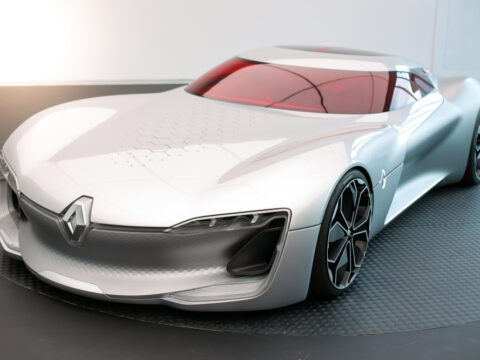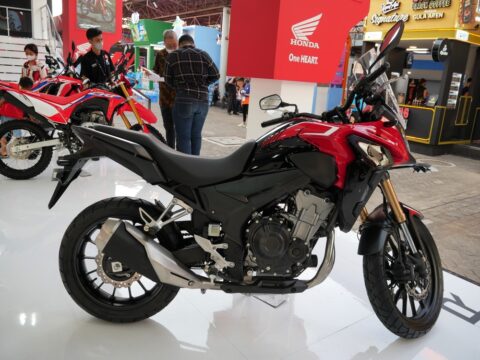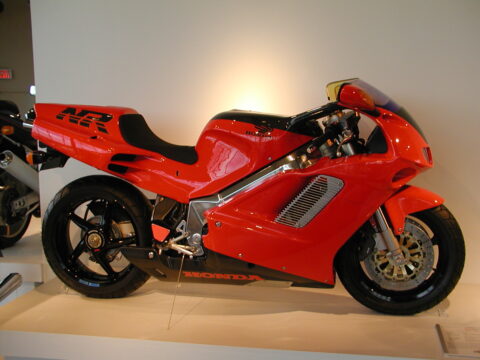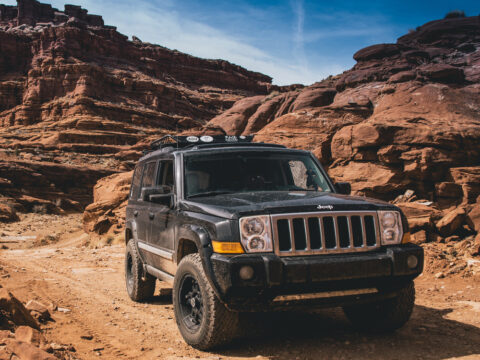Muscle cars have always been about raw power, bold designs, and heart-pounding performance. These machines dominated the streets and racetracks, becoming icons of American automotive history. From massive V8 engines to aggressive styling, these 18 muscle cars left a lasting legacy of speed and strength that still captivates enthusiasts today.
Contents
1969 Dodge Charger R/T
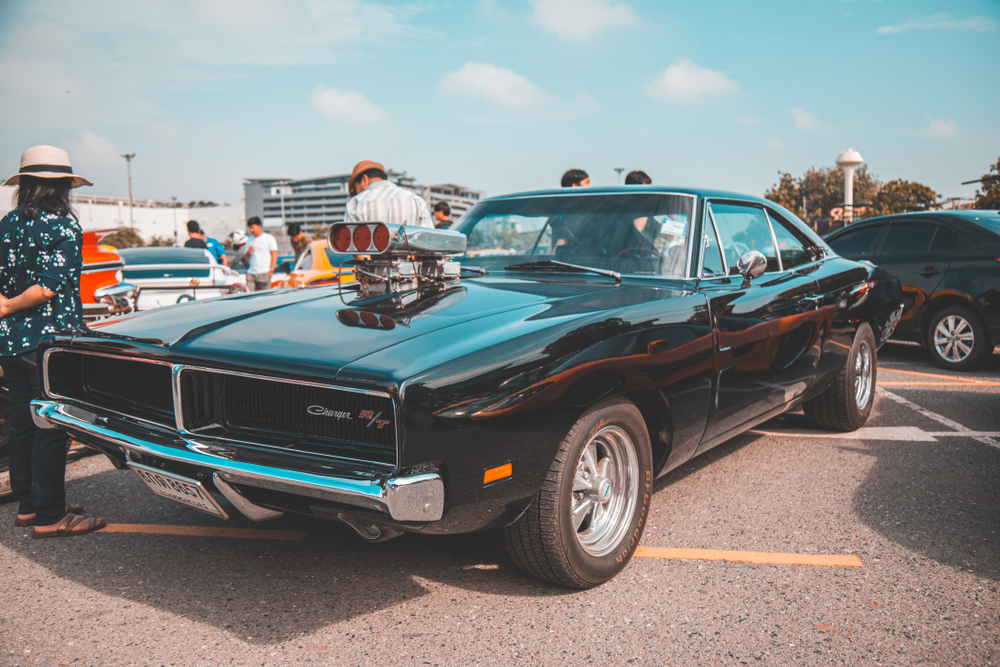
The 1969 Dodge Charger R/T is a symbol of power and style from the muscle car golden age. Beneath its hood, a 440 Magnum V8 engine roared with 375 horsepower, making it a true beast on the road. Its sleek, aerodynamic design, paired with the iconic split grille, set it apart visually. Whether on the street or track, the Charger R/T was built for speed. Its appearance in The Dukes of Hazzard only added to its legacy as a cultural icon.
1970 Chevrolet Chevelle SS 454
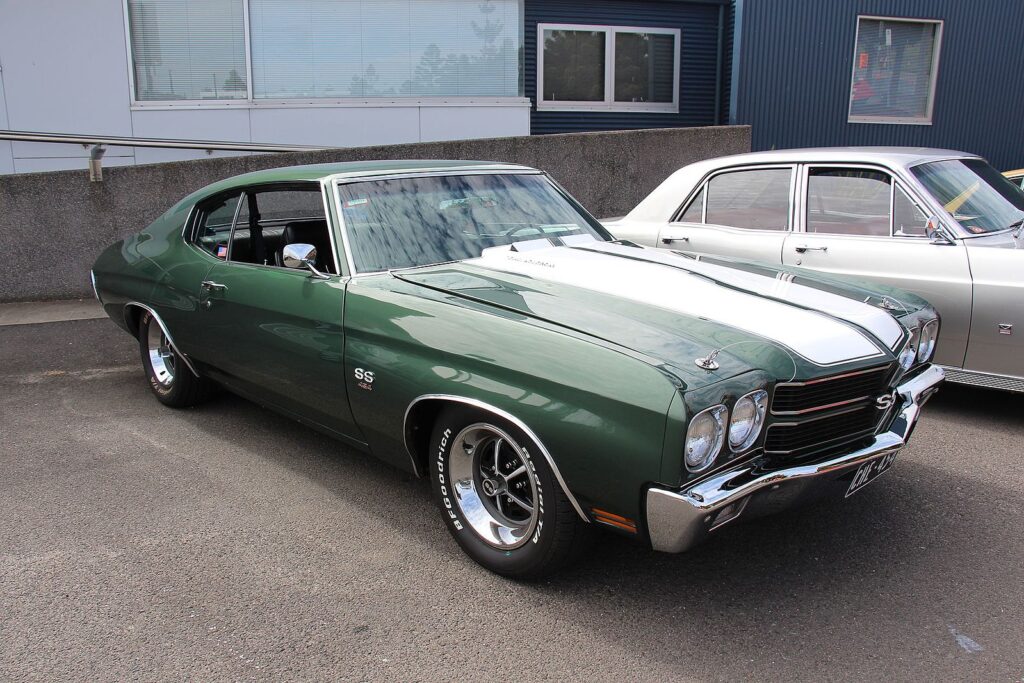
The 1970 Chevrolet Chevelle SS 454 remains one of the most powerful muscle cars ever built. With a monstrous LS6 454 V8 engine producing 450 horsepower, it offered blistering speed and performance. The car’s bold lines, twin racing stripes, and aggressive stance made a statement on any street. Capable of hitting 0-60 mph in under six seconds, it was a formidable presence on the drag strip.
1968 Ford Mustang Shelby GT500

The 1968 Ford Mustang Shelby GT500 took the Mustang brand to new heights with its 428 cubic-inch V8 engine. Generating 355 horsepower, the GT500 was the ultimate performance machine in the late ’60s. Designed by Carroll Shelby, the car featured aggressive bodywork, a functional air scoop, and racing-inspired touches. The fastback design and elongated hood added to its visual appeal.
1970 Plymouth Hemi ‘Cuda
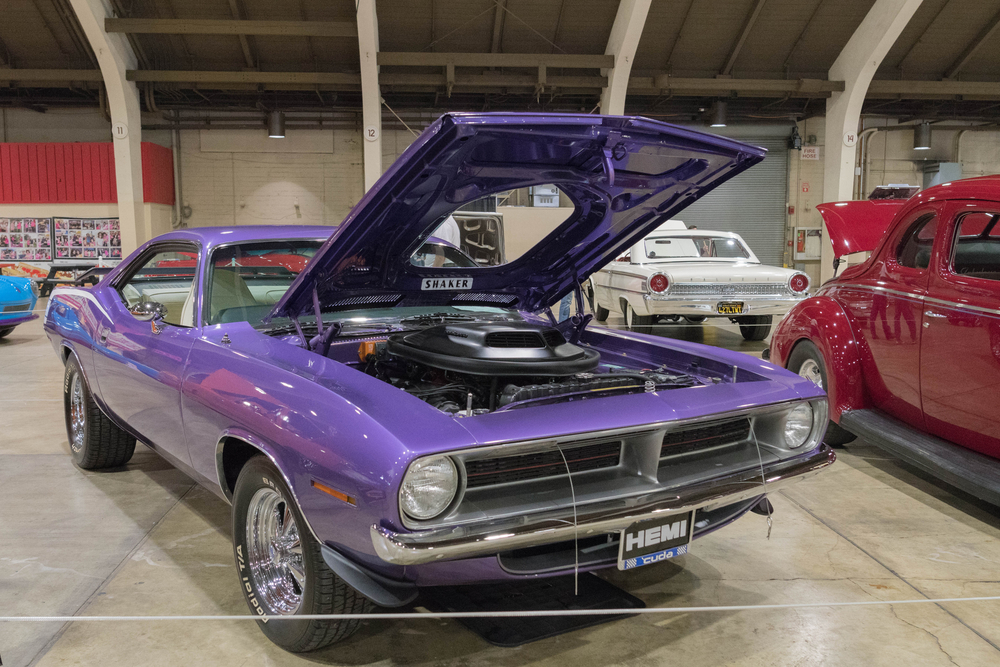
The 1970 Plymouth Hemi ‘Cuda is an icon in the world of Mopar muscle. Under the hood, it housed the legendary 426 Hemi V8 engine, which churned out 425 horsepower. The ‘Cuda’s aggressive stance and shaker hood made it a standout both in terms of style and performance. This car was built for the drag strip but also dominated the streets with its raw power.
1967 Pontiac GTO
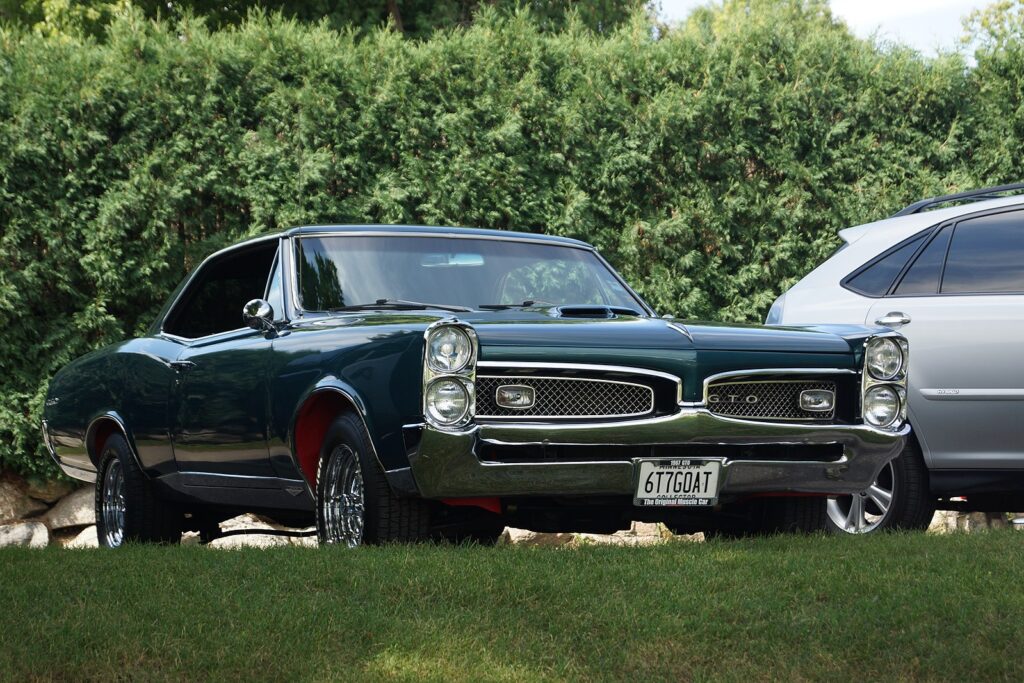
Often hailed as the car that started the muscle car era, the 1967 Pontiac GTO packed a 400 cubic-inch V8 engine under its hood. Producing 360 horsepower, the GTO was a force to be reckoned with. Its muscular body and split grille were defining features, adding a sleek aesthetic to its powerful performance. The GTO’s immense popularity helped define the muscle car culture of the 1960s. Even today, it holds a special place as one of the all-time greats.
1971 Dodge Challenger R/T
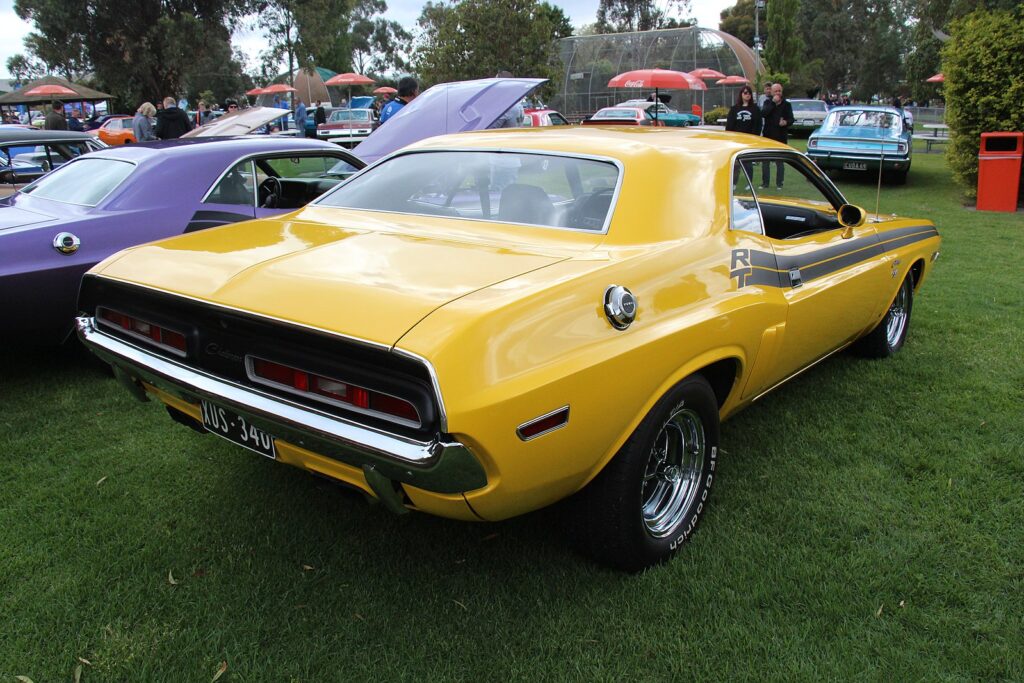
The 1971 Dodge Challenger R/T is a classic muscle car that embodied both power and style. Equipped with the legendary 426 Hemi V8, it delivered 425 horsepower, making it a contender on both the street and the track. Its wide stance and iconic grille design helped it stand out, while vibrant color options like Plum Crazy Purple made it unforgettable. This muscle car’s influence continues in the modern Challenger models.
1969 Ford Mustang Boss 429
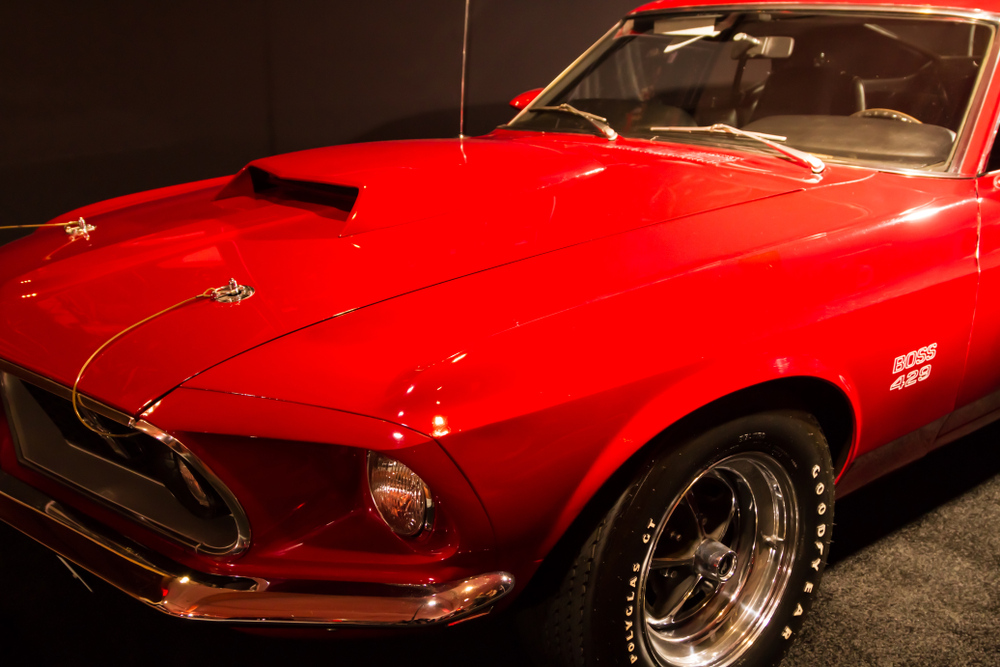
Designed specifically to dominate NASCAR, the 1969 Ford Mustang Boss 429 was all about raw power. Ford fitted it with a 429 cubic-inch V8 engine, producing 375 horsepower, while its large hood scoop and wide stance gave it a menacing appearance. Though it wasn’t built in large numbers, its performance left a lasting impression. With fewer than 1,400 units produced, it remains one of the most valuable Mustangs today.
1970 Buick GSX
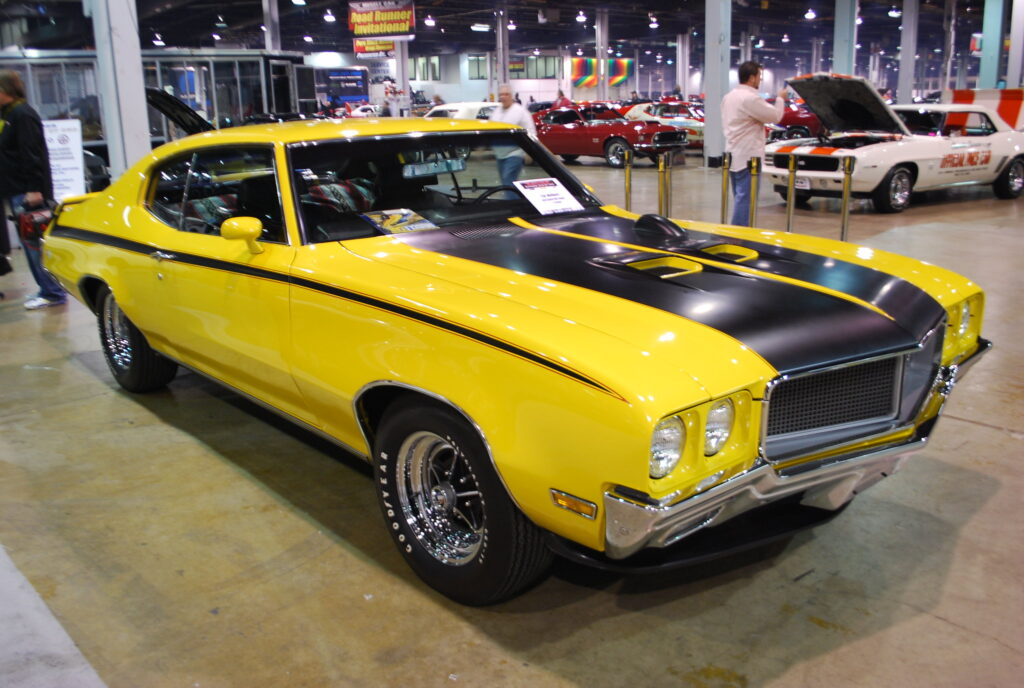
The 1970 Buick GSX was Buick’s answer to the muscle car wars, offering power and performance wrapped in a luxurious package. Its 455 cubic-inch V8 engine could deliver 360 horsepower, making it a serious contender in its class. The GSX’s bold stripes and spoiler gave it a sporty appearance, while its comfortable interior set it apart from the competition.
1970 Oldsmobile 442 W-30
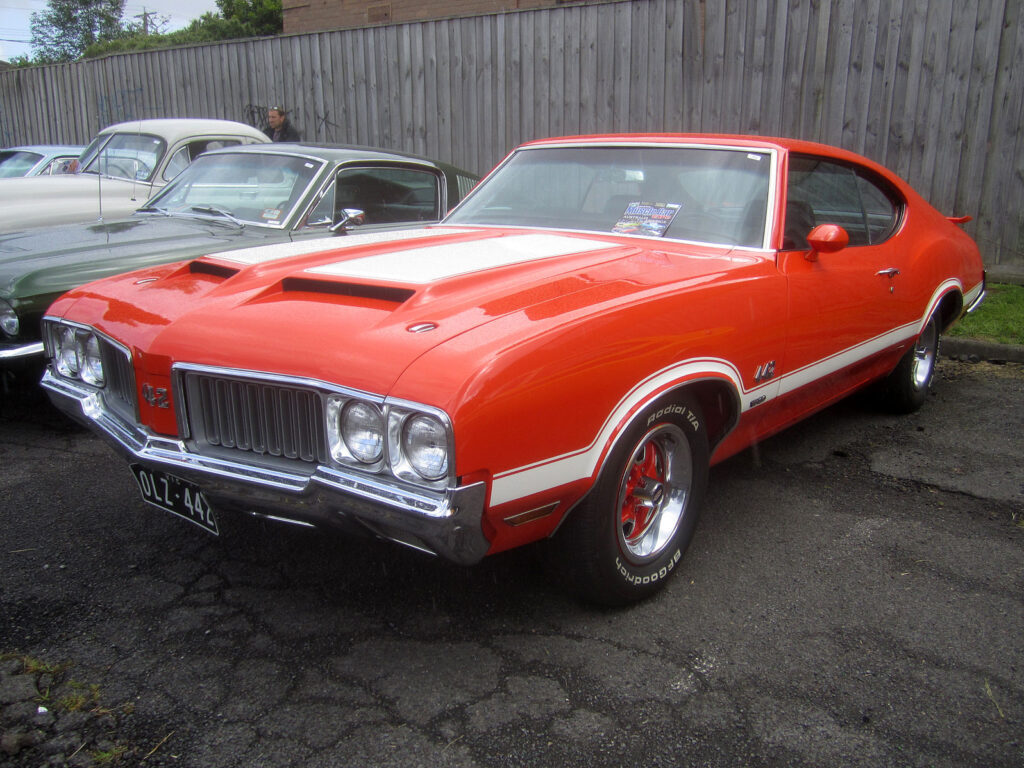
Oldsmobile’s 1970 442 W-30 is renowned for its balance of luxury and brute strength. Under the hood, it housed a 455 cubic-inch V8 that produced 370 horsepower, delivering impressive acceleration. The W-30 package, which included an upgraded suspension and ram air induction, enhanced the car’s performance on the street and track. Its sleek design and iconic hood scoops gave it a commanding presence.
1973 Pontiac Firebird Trans Am Super Duty
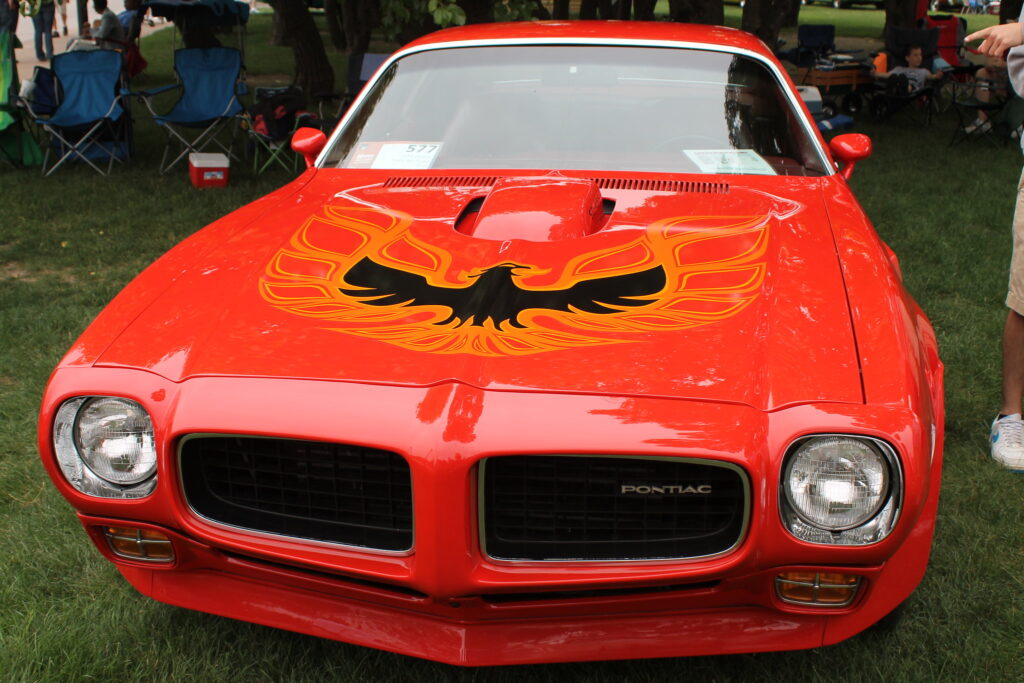
As emissions regulations tightened, the 1973 Pontiac Firebird Trans Am Super Duty was a beacon of hope for performance enthusiasts. Its 455 cubic-inch V8 engine, producing 310 horsepower, stood out in an era of shrinking power numbers. The Super Duty’s performance upgrades and aggressive styling, including the iconic “screaming chicken” hood decal, helped it retain its muscle car status.
1969 AMC AMX

The 1969 AMC AMX was a unique player in the muscle car world, offering two seats and a shorter wheelbase compared to its rivals. Powered by a 390 cubic-inch V8 engine with 315 horsepower, the AMX delivered exhilarating performance in a compact package. What made it stand out was its affordability and unique design, which appealed to drivers who wanted performance without breaking the bank.
1970 Mercury Cougar Eliminator
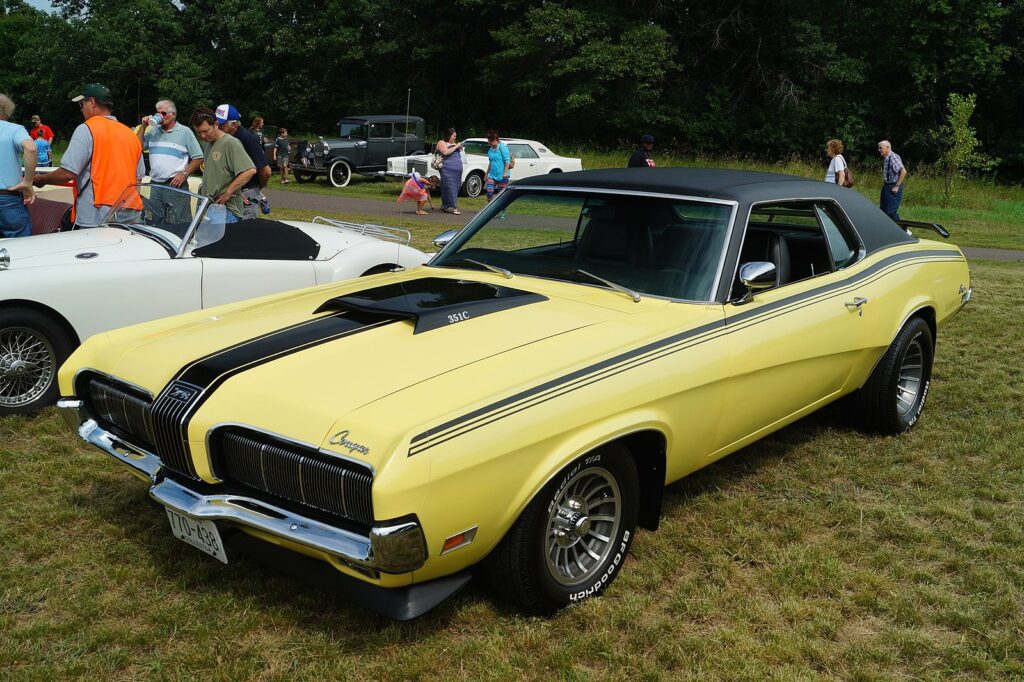
The 1970 Mercury Cougar Eliminator combined muscle car power with luxury features, making it a standout in its class. With its 428 Cobra Jet V8 engine, it produced 335 horsepower, offering blistering speed in a more refined package. The Eliminator’s bold styling, complete with a rear spoiler and eye-catching graphics, made it a visual powerhouse. Inside, it offered a more comfortable ride compared to other muscle cars, making it appealing to those who wanted power with elegance.
1969 Plymouth Road Runner

The 1969 Plymouth Road Runner brought muscle car performance to the masses at an affordable price. With its 383 cubic-inch V8 engine delivering 335 horsepower, it was designed for no-nonsense performance. The Road Runner’s simple design, paired with its unique “beep beep” horn, gave it a playful but powerful persona. Its accessible price point made it one of the most popular muscle cars of its time.
1964 Ford Fairlane Thunderbolt
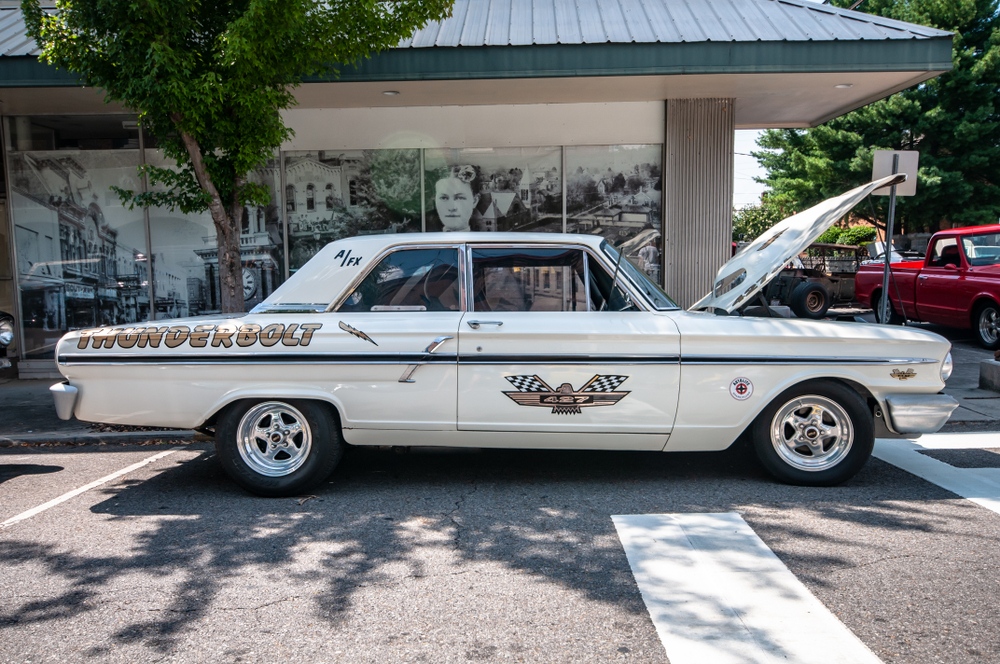
Built for the drag strip, the 1964 Ford Fairlane Thunderbolt was a street-legal racing machine. Its 427 cubic-inch V8 engine, producing 425 horsepower, made it a force to be reckoned with on the quarter-mile. The Thunderbolt’s lightweight body and high-powered engine allowed it to complete a quarter-mile in just over 11 seconds. Only 100 units were made, making it an incredibly rare and desirable muscle car. Its legacy as a drag racing icon continues to influence modern muscle cars.
1967 Chevrolet Camaro Z/28
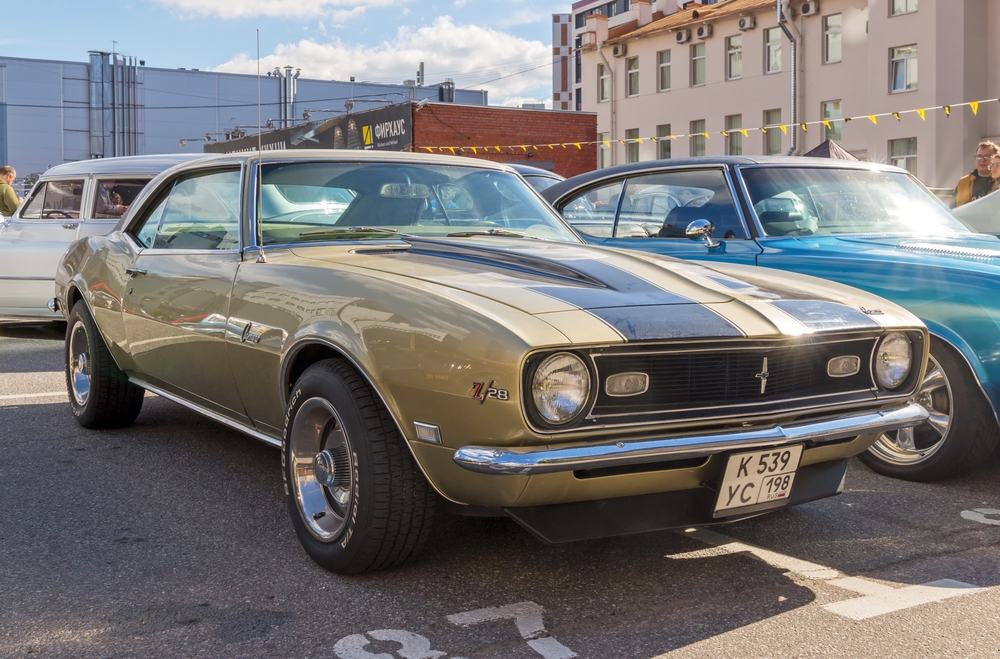
The 1967 Chevrolet Camaro Z/28 was built with racing in mind, specifically for the Trans-Am series. Its high-revving 302 cubic-inch V8 engine produced 290 horsepower, but its true strength lay in its handling capabilities. With racing stripes and a cowl induction hood, the Z/28 had a fierce, aggressive look. It became an instant favorite for drivers who wanted a car that could dominate both on the road and the track. The Z/28 set the stage for Camaro’s future as a muscle car icon.
1968 Dodge Dart GTS
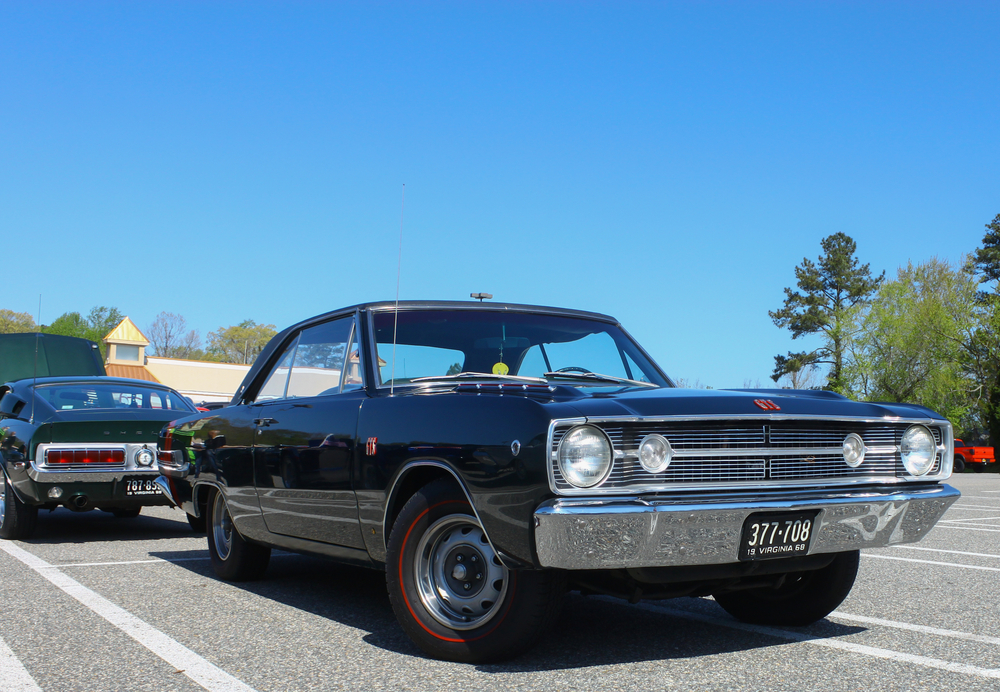
The 1968 Dodge Dart GTS may have been a compact muscle car, but it packed serious power with its available 440 cubic-inch V8 engine. Delivering over 375 horsepower, the lightweight Dart GTS was a quarter-mile monster. Its unassuming looks hid its true power, making it an underdog on the drag strip. The GTS was proof that great things come in small packages, especially in terms of raw speed.
1971 Plymouth GTX
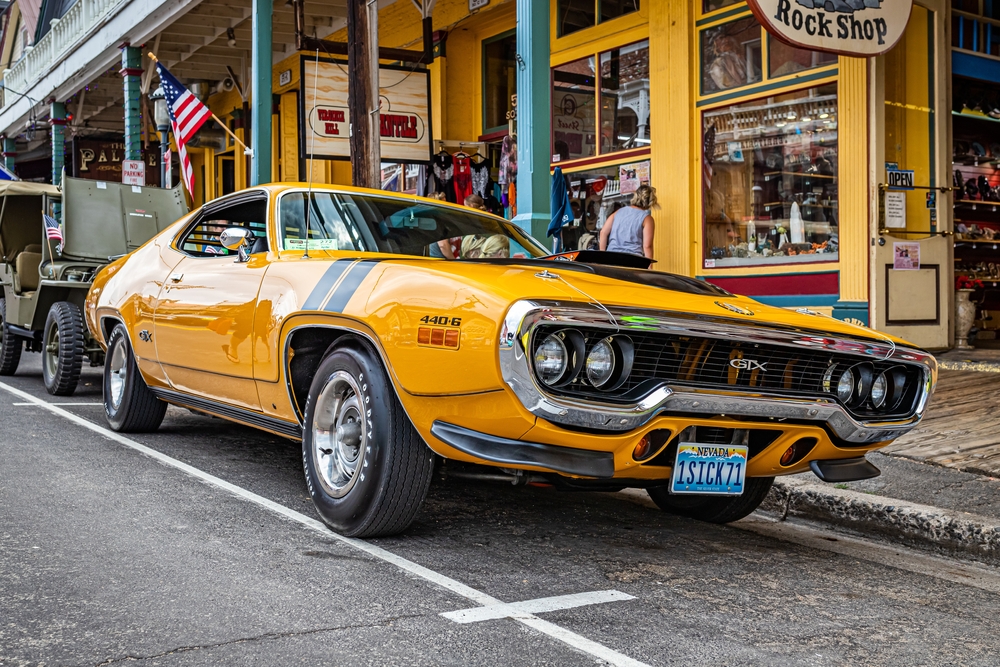
The 1971 Plymouth GTX blended luxury with muscle, offering a comfortable ride alongside serious performance. Powered by a 440 cubic-inch V8 engine that produced 370 horsepower, the GTX wasn’t just fast—it was stylish. Its bold grille, fuselage styling, and vibrant colors made it stand out in a crowded muscle car field. Though often overshadowed by the Plymouth Road Runner, the GTX offered a more upscale alternative for muscle car fans.
1970 Ford Torino Cobra
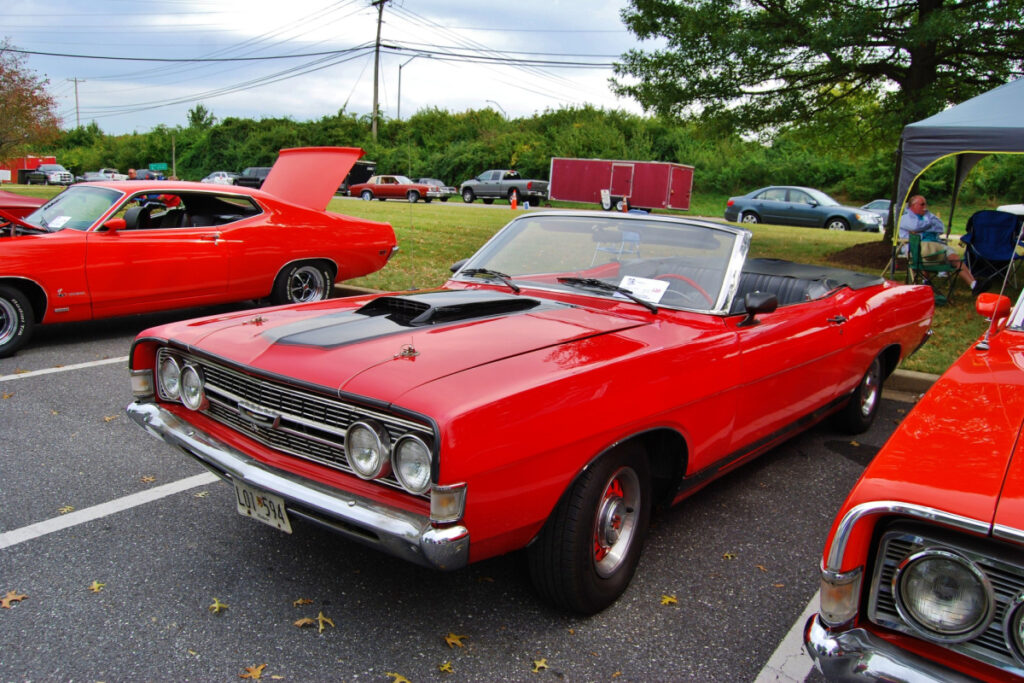
With its 429 cubic-inch V8 engine cranking out 370 horsepower, the 1970 Ford Torino Cobra was a true muscle car beast. Its sleek fastback design, paired with performance upgrades like the shaker hood, made it a hit on the streets and the track. The Torino Cobra was built for speed, excelling in straight-line acceleration. Despite its formidable power, it also offered a smooth ride, which set it apart from more bare-bones muscle cars. Collectors prize it today for its mix of power, style, and versatility.
This article originally appeared in MyCarMakesNoise.
More from MyCarMakesNoise
20 Easy DIY Car Repairs That Will Save You Big Money

You don’t always need a mechanic for every car issue. Many repairs can be done at home with basic tools and a little know-how, saving you a lot of money. Here are some DIY car repairs you can easily tackle to save big bucks. Read More.
15 Beautifully Crafted Vintage Trains with Timeless Appeal

There’s something undeniably captivating about vintage trains—their craftsmanship, elegance, and the stories they carry through time. These beautifully crafted locomotives have not only shaped the history of travel but continue to evoke a sense of nostalgia and wonder. Read More.
19 Most Strikingly Designed Supercars Ever Made
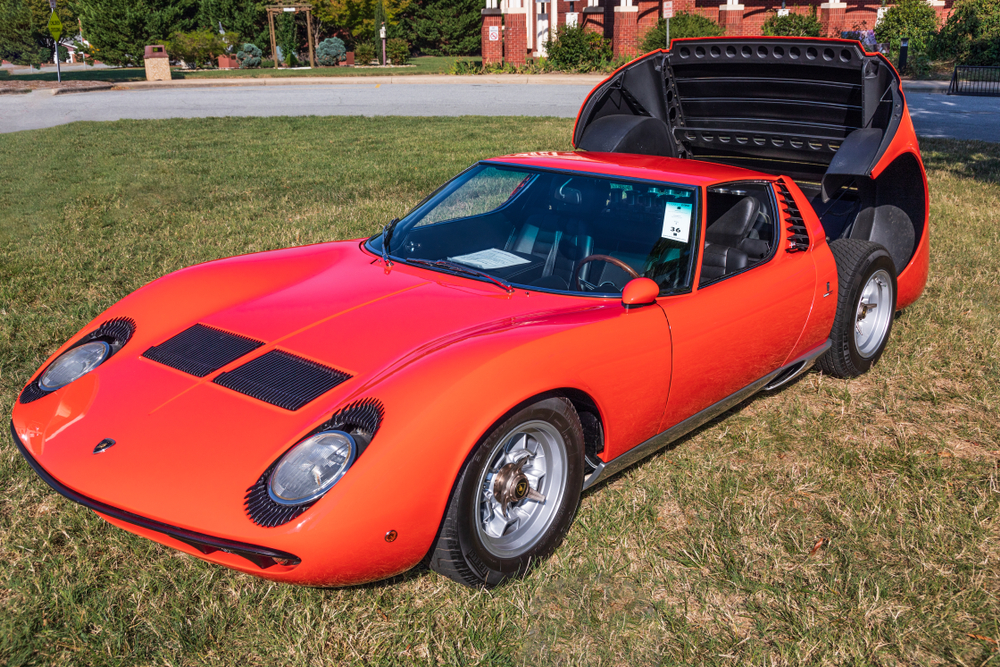
Supercars are known for pushing the limits of performance, but their designs are often what truly capture our imagination. From sleek lines to bold, aggressive styling, these vehicles are as much works of art as they are feats of engineering. Read More.

